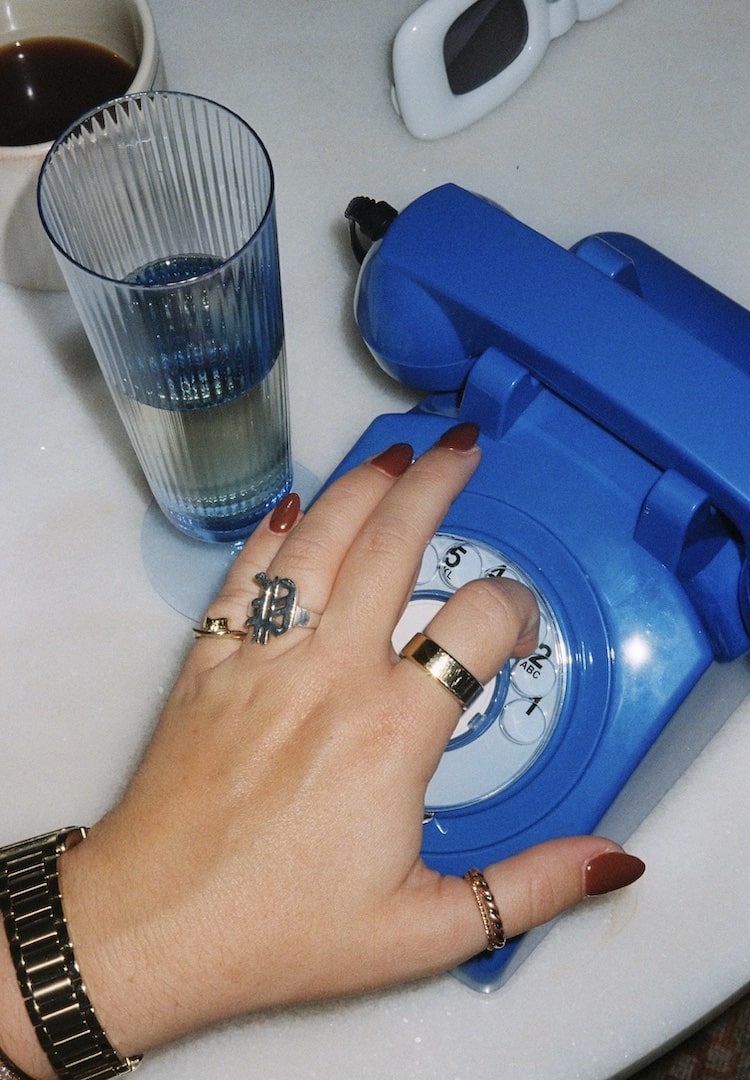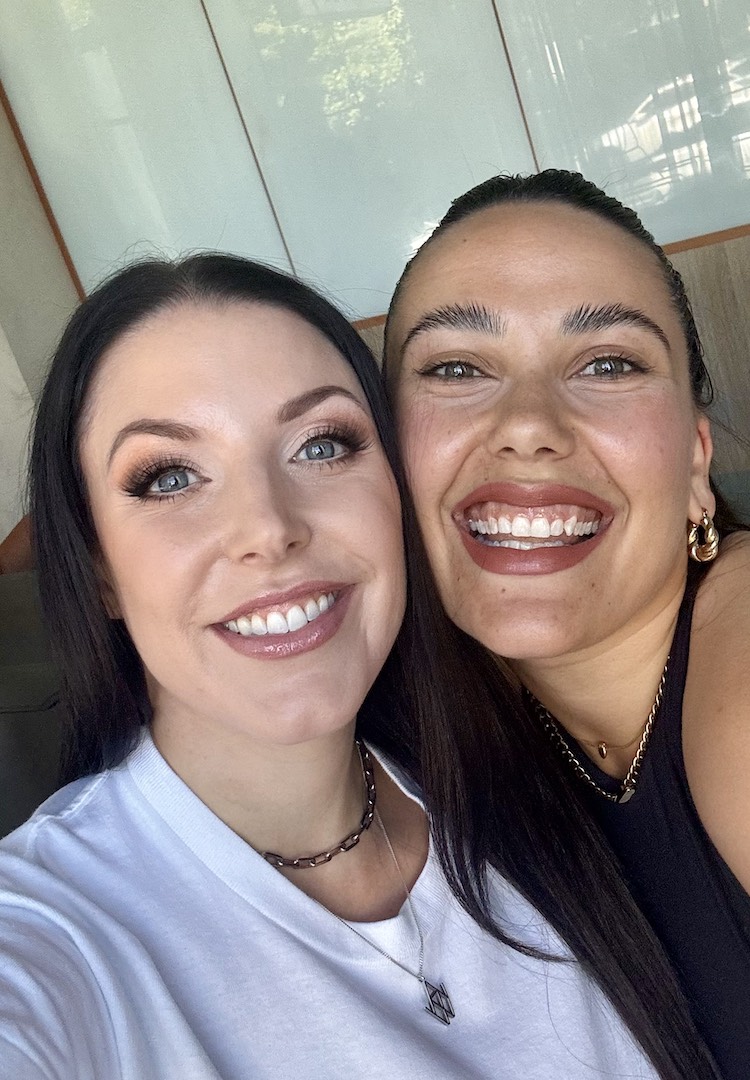How to navigate a relationship where you have different love languages
WORDS BY SONIA BLAIR
“It’s more the norm to have differing love languages than the exception.”
These days, love languages are no longer a niche idea. Most of us are familiar with their role in relationships – they help us better communicate how we feel our most loved. However, much like astrology, it’s common for them to be written off as ‘insignificant’, which may leave one-half of a partnership feeling down. It’s especially easy for some love languages, like gift-giving or receiving and physical touch, to be written off as simply being especially spoiled or especially horny.
But at its crux, love languages are a way for us to encapsulate how we feel our most loved and to better understand our partners. While love languages provide us with the lexicon to communicate our needs, it’s best to think of them as a starting point – you can’t encapsulate love in five points. So how do you deal with a love language-sceptic when faced with one?
Interested to hear how others navigate the world? Head to our Life section.
“Welcome it!” says Selina Nguyen, a relationship therapist and sexologist. “Love languages aren’t the… be-all and [end-all] of relationships, and I think where many people can go wrong with it is treating it like a personality test. It’s not actually a scientific model, and the research and history around it is pretty mixed.”
While in an ideal world, having a matching love language with your partner might sound ideal, opposing love languages could actually be more beneficial to the relationship. Leaning into the ‘opposites attract’ idea, it can lead to greater empathy and understanding for others. “I’d say it’s more the norm to have differing love languages than the exception,” explains Selina.
“Just like we may have different favourite foods or hobbies, it doesn’t inherently mean anything good or bad – it just is. It can be an issue in relationships if it leads to point-scoring or if it’s just distracting from bigger-picture issues like communication or intimacy.” In saying this, if you’re beginning to feel like your partner is ignoring your needs, it’s probably time to remind them of how you feel love.
But before you have that conversation, Selina says it’s important to understand what you’re actually asking for. A simple way to explain it to a partner is that love languages can act as a path to a better connection. While your partner doesn’t need to buy into the framework, they should still set aside their thoughts and listen to what you have to say.
“We often veil our needs behind conversations and therapy-speak like ‘love languages’ and ‘attachment styles’, but getting to the crux of what we’re actually wanting increases our chances of getting it because we can ask clearly and our partners have the opportunity to give it to us.”
If you find they still aren’t acknowledging what you’re asking of them, let them know it’s not about the concept of love languages – it’s about what our own personal love language represents. “When we talk about our needs, I also always encourage… positive framing,” says Selina.
“An example of negative framing would be, ‘You have to do this because you’re my partner. You’re a terrible partner if you don’t’. An example of positive framing could be, ‘I want to connect better with you, I want to better meet your needs and support you to meet mine’. It reminds us that we’re a team in this together, and it leads with connection and encouragement.”
So, where do you go from here? Don’t be afraid to talk about and revisit love languages every now and then. It’s normal for us to evolve and change in different relationships, and our love languages may reflect that. Look at them as a framework in which to act – but don’t take them as bible.
Interested in reading more about relationships and love languages? Head here.










